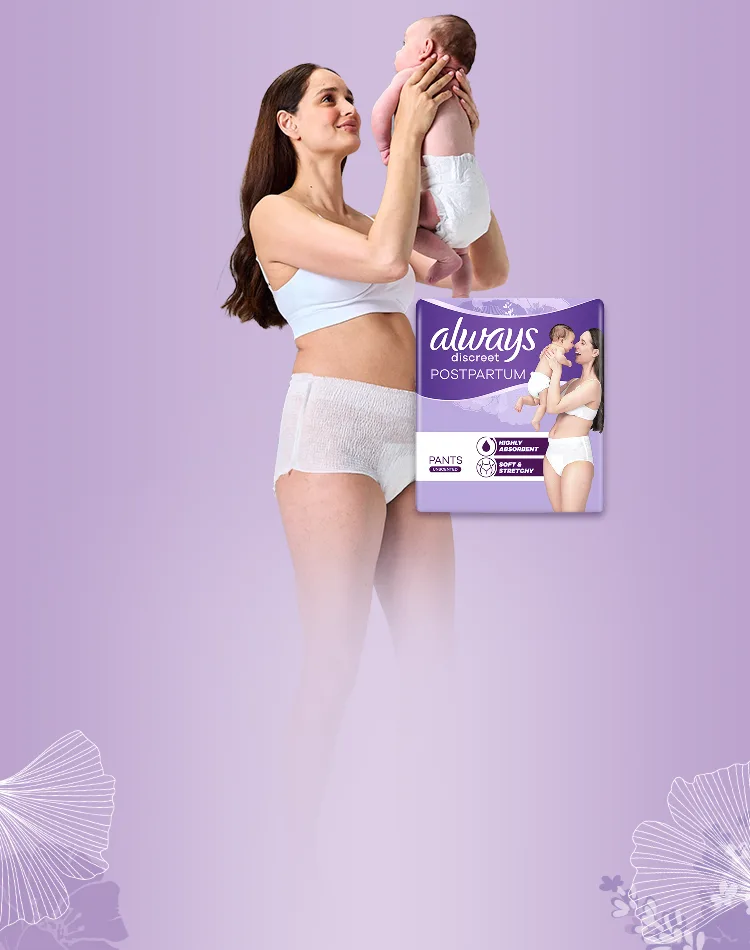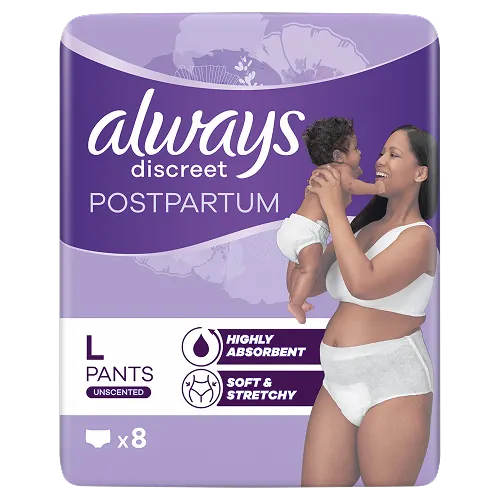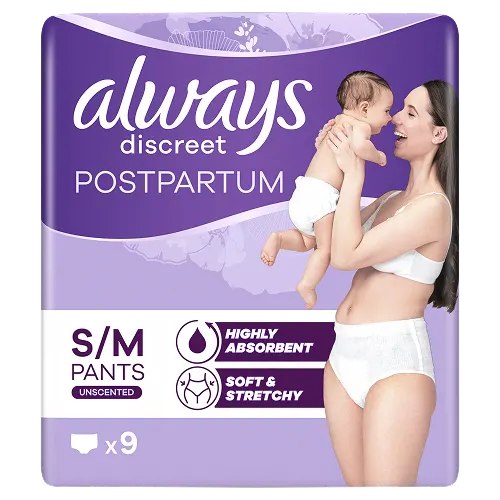
The postpartum period, which is the recovery phase following pregnancy and childbirth, is an extremely important yet often underestimated process during which a woman's body undergoes intensive regeneration. The duration and nature of the post birth recovery depend on many factors, such as the type of delivery—natural or caesarean section—the course of labour itself, as well as the individual's unique physical characteristics. For a new mother to fully regain her strength after childbirth, proper rest, support, and attention to her own needs are essential. What happens to the body after childbirth? What does healing after giving birth look like when you’ve had a planned caesarean section?
Table of content:
What should you know about postpartum recovery?
The postpartum period, or post birth recovery, is a unique phase in a woman’s life that begins immediately after childbirth and typically lasts around six weeks. This is the time when the body returns to its pre-pregnancy state, undergoing a range of anatomical, hormonal, and functional changes. Regardless of whether the delivery was natural or via C-section, the postpartum period is divided into three stages of healing after labour:
- Immediate stage (the first 24 hours);
- Early stage (the first week);
- Late stage (from the second to the sixth week).
Postpartum recovery — changes in the body after pregnancy
During the postpartum period, a woman may experience various physiological and emotional symptoms. These include uterine contractions, which can cause lower abdominal pain, as well as the discharge of postpartum lochia. Lochia is a natural process of cleansing the uterus, but its amount and odour should be monitored to rule out infections. Other discomforts may also occur during this time, such as urinary incontinence after pregnancy, caused by weakened pelvic floor muscles.
The postpartum period is also a time of intense hormonal changes that affect a new mother’s mood and energy levels. The first days after childbirth, especially during the immediate postpartum phase, are the most physically demanding for the body, making medical care and support from loved ones crucial. While unpleasant symptoms gradually subside during the late postpartum period, full physical recovery after giving birth and a return to pre-pregnancy condition can take several months.
How to take care of yourself during postpartum recovery?
Postpartum recovery is a time when a woman should pay special attention to both her physical and mental health. Intimate hygiene is key—regular use of postpartum pants, which should be changed frequently to prevent infection and malodour, is recommended. I would be wary about making too strong a comment here regarding regular underwear changes and infection risk – infection is much more likely to come from other risk factors.
Women should also focus on maintaining a healthy, balanced diet rich in fibre to prevent constipation, and ensure proper hydration. Air circulation around the perineal area and avoiding tight clothing that can hinder tissue recovery are also extremely important. Gentle exercises that support circulation and strengthen the pelvic floor muscles are beneficial, but excessive physical exertion should be avoided.
Monitoring one’s health during the postpartum period is crucial—any sudden increase in bleeding, severe pain, or fever should be promptly consulted with a doctor. The process of the post pregnancy recovery takes time—rest and support from loved ones are invaluable during this period.

See also: How to choose the postpartum underwear?
How to take care of yourself during recovery after a caesarean section?
Recovery after a C-section requires special attention, both in caring for the surgical wound and maintaining overall hygiene. A key aspect is creating optimal conditions for the healing of the uterus after the procedure. This includes regularly cleaning the incision, keeping it dry, and avoiding excessive pressure on the scar. For intimate hygiene, it’s recommended to use gentle cleansing products, always ensuring the incision area is thoroughly dried.
Postpartum care after a caesarean section is also crucial, involving follow-up visits with a doctor, monitoring the healing process, and, if non-dissolvable stitches were used, having them removed when appropriate. Women should be vigilant for any alarming symptoms such as redness, pus discharge, pain around the incision site, or fever, as these may indicate an infection that requires immediate medical attention.
Check out: Pregnancy, Incontinence, and New Mums
Post birth recovery — the value of physical therapy
Post birth physical therapy plays a crucial role in the recovery process, regardless of whether the delivery was natural or via C-section. It’s beneficial to start caring for your body even during pregnancy, when preparing for childbirth. Strengthening and stretching exercises for the pelvic floor muscles, along with learning proper breathing techniques, can significantly ease labour and speed up postpartum recovery.
After childbirth, consulting a pelvic floor physical therapist is an optimal choice to address weakened pelvic floor muscles, the pelvis, and the abdominal area. Postpartum physical therapy includes gentle exercises, breathing techniques, massage, and education on proper posture, which support not only the recovery process but also the overall comfort of the new mother. Regular sessions with a physical therapist can offer significant benefits, reducing postpartum discomfort and accelerating the return to health after childbirth.
Postpartum recovery and returning to physical activity
Post pregnancy recovery is an individual process that every woman experiences at her own pace. Regaining full fitness and resuming pre-pregnancy physical activities requires patience, mindfulness, and listening to your body. Support from healthcare professionals, such as doctors and physical therapists, is also important to assess your readiness to resume workouts. According to the American College of Obstetricians and Gynecologists (ACOG), most women should avoid intense physical activity for up to six weeks after a vaginal delivery and up to twelve weeks after a caesarean section.
For women who exercised during pregnancy and had a natural birth, light activities like walking or gentle pelvic floor strengthening exercises can be safely started within the first few days after giving birth. However, returning to more demanding workouts should be done gradually and cautiously to avoid overloading the body. It’s essential not to rush into intense exercises and to allow time for recovery, giving your body the opportunity to adapt and regain strength. Baseline fitness before pregnancy is also key here – women who exercised regularly and had a good general level of fitness are more likely to manage increased physical activity at an earlier stage post-partum.
Caesarean section — postpartum exercises
A C-section is a major surgical procedure that requires a careful approach to physical activity during the postpartum period. The first postpartum exercises after a C-section should be gentle and tailored to the body’s condition, focusing on improving blood circulation and minimising the risk of thrombosis. Even within the first few hours after delivery, it’s advisable to start anti-thrombotic exercises such as moving the hands and feet in all directions, performing dorsiflexion and plantar flexion of the feet, and tensing large muscle groups like the thighs and glutes without engaging the limbs directly.




